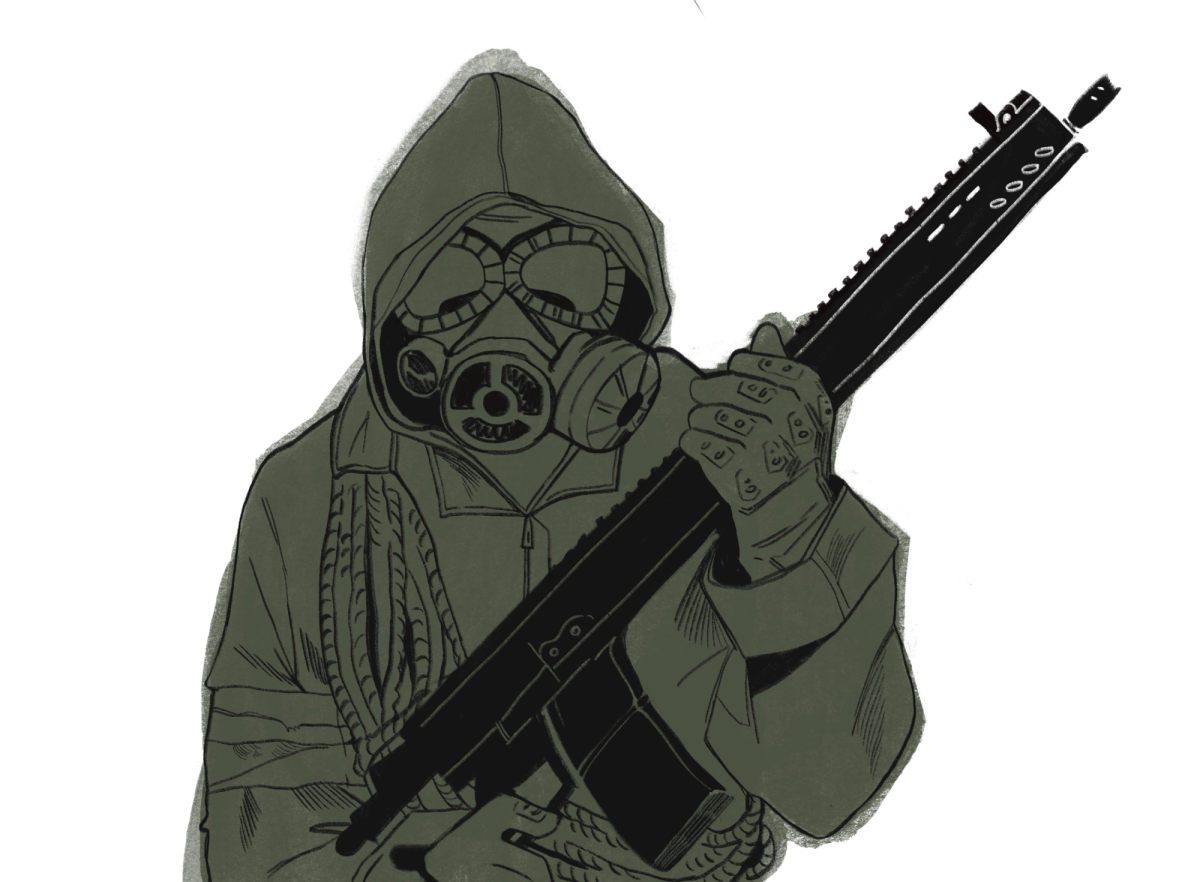You’re at a party, and you see someone slip a drug into your friend’s drink. That’s a red dot. You confront the person who tried to drug your friend, and then you make sure your friend gets home safely. That’s a green dot. Since the Green Dot program has existed at Whitman College, Sexual Misconduct Prevention Coordinator Barbara Maxwell has been running training sessions for student to learn how to make the Whitman campus a safer place. Her goal is to create active bystanders who intervene to prevent potentially dangerous situations from occurring. Ultimately, the Green Dot program seeks to prevent power-based personal violence through the use of these active tactics.

When Green Dot started at Whitman two years ago, most students had never heard of it. The incoming first-year class heard a speech about Green Dot during Orientation Week. Students joked with their friends about the posters around campus, but gradually, green dot buttons started showing up on backpacks and bulletin boards. Now, two years since the program’s inception, Maxwell believes the program has become a part of Whitman culture.
“It’s part of the lingo,” she said. “I think by and large, students get it.”
Maxwell is hoping to expand on this success by introducing Green Dot programs in Walla Walla schools. Her aspirations have become part of the newly-formed Walla Walla Violence Prevention Coalition (WWVPC), which is bringing a broad spectrum of Walla Walla organizations together to address various forms of violence in the community. As part of this effort, the WWVPC hosted their first annual Community Violence Prevention Conference on Wednesday, March 30.
“There are a great many organizations who want to work to prevent violence in the Walla Walla community,” said Chetna Chopra, a member of the coalition’s Steering Committee. “It was very important to bring these people together.”
The conference began Tuesday night with a keynote speech from Dr. Jennifer Sayre, who is the Director of Training and Development for the national Green Dot organization. Sayre spoke about the importance of active bystanders in preventing violence, and discussed strategies for intervening in potentially dangerous situations.
The rest of the conference was broken into sessions which highlighted specific forms of violence in the Walla Walla community. Presenters from a variety of community organizations addressed issues ranging from addressing gang violence to preventing cyber-bullying. A theme throughout the conference was the importance of cooperation between organizations. For example, the Walla Walla Police Department employs a Domestic Violence Services Officer : a social worker who assists victims of domestic violence in navigating the legal system. According to Stacey Martin, director of client services for the YWCA, this program has been very successful.

“I think it helps victims be less scared of law enforcement,” she said.
The Green Dot bystander intervention framework has inspired much of this action, but members of the WWVPC Steering Committee hope to expand violence prevention efforts beyond bystander intervention.
“It started with Green Dot, but it’s bigger than that,” said Kevin Bayne, a police officer and member of the Committee.
Kari Tupper, also a member of the Committee, said that bystander intervention works well in some contexts, but is limited in the scope of problems it can address. Many problems of violence are related to inter-generational poverty and other social issues, and won’t be fixed by active bystanders.
“You need a systemic safety net,” she said, adding that bystanders still have an important role to play in the community.
“A sense of responsibility for each other is tremendously powerful,” she said. “It can spur the commitment to coordinating social services to deal with problems like poverty and drug abuse.”
Whitman students who have been trained as Green Dot bystanders also participated in the conference. A panel of students answered questions about the implementation of Green Dot at Whitman and the lessons they’ve learned from successful bystander interventions. They shared stories of looking out for friends and strangers at parties, and discussed the merits of spilling a drink on someone to provide a distraction and diffuse a potentially dangerous situation.
For sophomore Joey Gottleib, Green Dot has been a way to raise awareness about violence prevention.
“It’s a really cool social effort,” he said. “It’s very accessible. It’s easy to be involved.”
Members of the Steering Committee said that they hoped to pursue further coordination efforts between Walla Walla organizations while acquiring new resources to fight and prevent violence. They plan to hold a similar conference every year to educate, raise awareness and provide networking opportunities. Ultimately, Maxwell said the goal is to keep violence a prominent issue in the community and pursue effective, proactive preventative solutions.
“We’re trying to change the culture,” she said.










